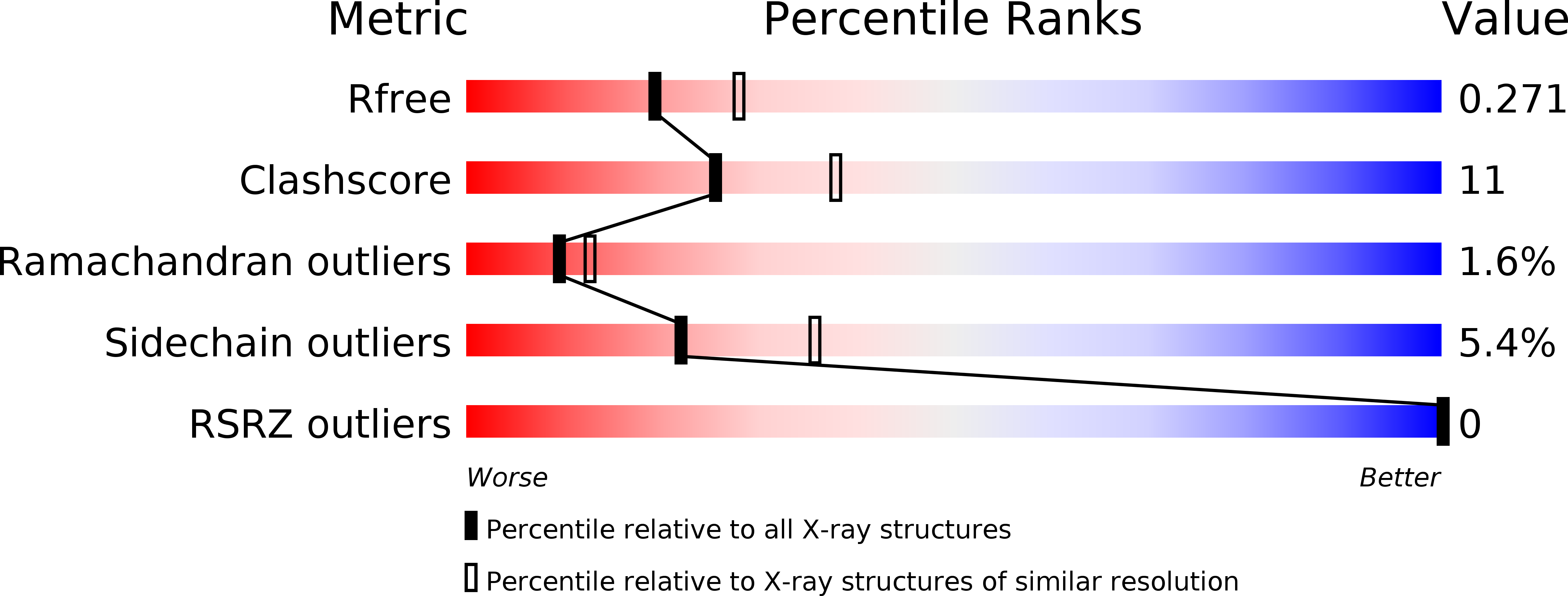
Deposition Date
1997-12-29
Release Date
1998-07-01
Last Version Date
2023-08-02
Entry Detail
PDB ID:
1A2D
Keywords:
Title:
PYRIDOXAMINE MODIFIED MURINE ADIPOCYTE LIPID BINDING PROTEIN
Biological Source:
Source Organism:
Mus musculus (Taxon ID: 10090)
Host Organism:
Method Details:
Experimental Method:
Resolution:
2.40 Å
R-Value Free:
0.27
R-Value Work:
0.19
R-Value Observed:
0.19
Space Group:
P 21 21 21


